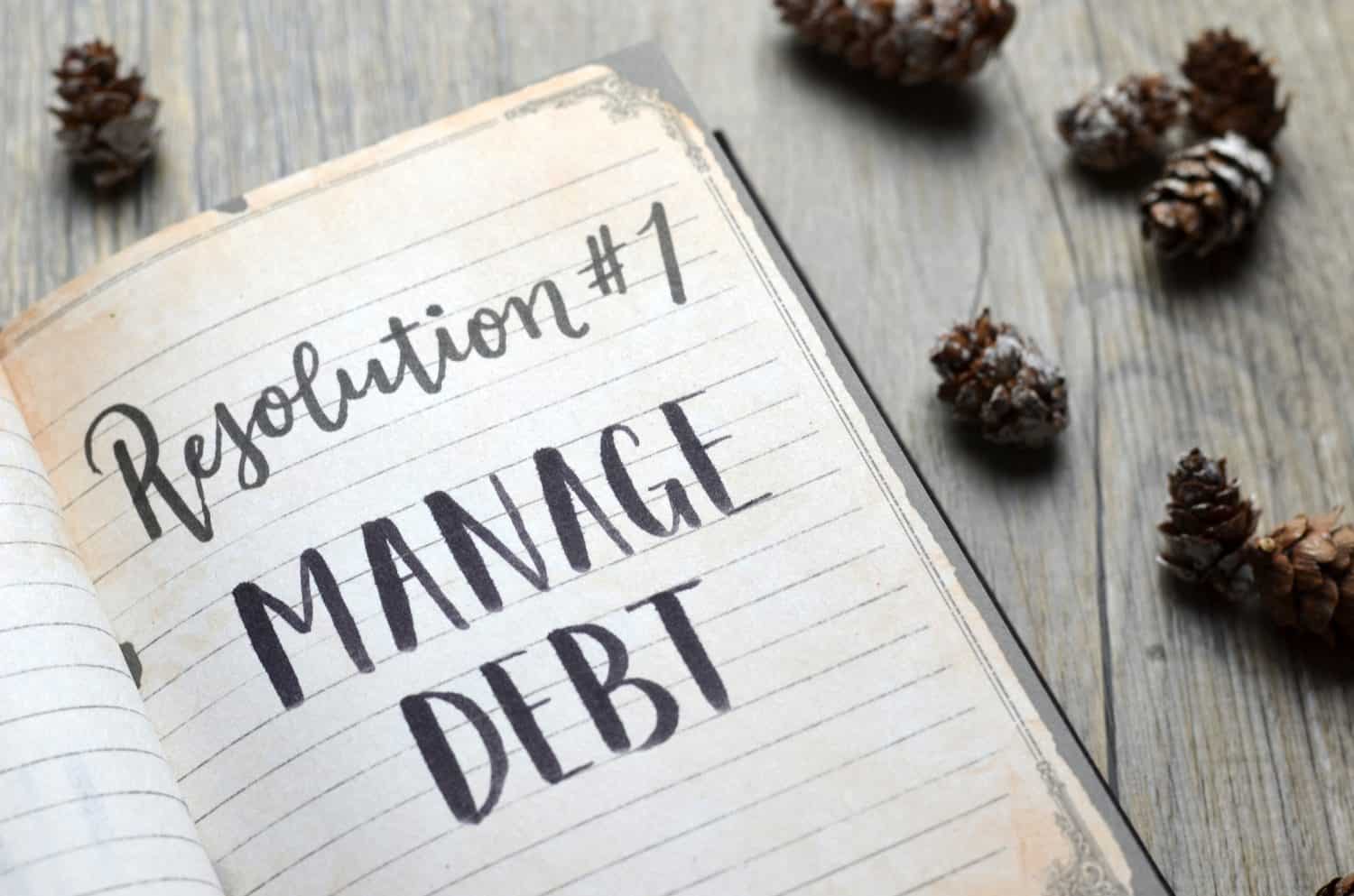Personal Finance
Why Most People’s ‘Get Out of Debt’ Resolutions Fall Flat by February

Published:

If you have ever made a New Year’s resolution at the start of a new year, there is a better-than-good chance you have had many of these promises fail. While there is always the hope the resolutions will come to fruition, the reality is that they are easier said than done.
The start of a new year is a practical time to set new financial goals. The biggest challenge is that people don’t set attainable goals. Ultimately, you need to be smart about how to approach paying off debt and not tie it to a calendar. Retiring early is possible, and may be easier than you think. Click here now to see if you’re ahead, or behind. (Sponsor)
Key Points
Understandably, one of the many resolutions people make at the beginning of the year is to get out of debt. Whether it’s small or large debt, the promise to try and make this new year the year you become debt-free is a resolution temptation that’s hard to resist and challenging to carry out.
First and foremost, it’s essential to understand that while the start of the new year sounds like a great time to perform a financial reset, many underestimate it. Between high interest rates and actual debt size, the likelihood that you will see quick results is limited.
Many people fall off the debt repayment wagon at the first sign of trouble, such as an unexpected expense. This is true of even the best debt repayment plans, but it’s something that you likely cannot avoid, no matter how hard you try.
One of the biggest reasons debt repayments fail, in particular, is that people set overly ambitious goals. You cannot quickly pay off thousands, if not tens of thousands, of dollars in debt. These debt payoffs require significant financial restructuring, including many tradeoffs like giving up your Starbucks, and most people cannot commit.
Another major reason debt resolutions die so quickly is that by trying to focus on paying down debt fast, you likely ignore emergency savings. Unfortunately, at the first sign of trouble, like an unexpected medical bill, you’re using your credit card again to pay, which now means you have even more debt.
Like other New Year resolutions, psychological challenges are one of the biggest reasons debt resolutions fail. According to Iowa State University psychology professor Alison Philips, most people’s current approach to resolution-making sets them up for failure. In her view, the best way to make a resolution and stick with it is to focus on what you can become good at and see yourself doing long-term.
The challenge with debt repayment is that it can’t be calendar-based. These debts must be paid off when you are ready to make lasting changes to your financial outlook. This is why paying off all of your debt is overly ambitious, and people quickly burn out from this resolution because they are unwilling to make the necessary sacrifices.
To stay on track with a resolution, you must set smaller, more measurable goals. Thankfully, you can use an app for goals like this to help you visualize exactly where you stand. You Need a Budget is a popular app that will show you where you are spending and where you can cut back.
By using an app like this, you can better understand where cutting back will allow you to start rolling more into debt repayment plans. Better yet, you can use apps like YNAB to help automate your payments, which ensures consistent payments and reduces any temptation to pay smaller amounts toward your debt.
One standard method that can be implemented in January at the start of a new year and be something you stick with all year is the snowball method. This debt repayment “plan” helps you focus on paying down your smallest debt balance first, then moving on to the largest debts.
This is a psychological win as you don’t try to start with the biggest balance, which leads to poor thinking as you only make a small dent against a large balance. Instead, using the snowball method, once the smallest balance is paid off, you take the extra money you were using from cuts you made to your budget and start applying it toward the next smallest balance, and so on.
By the time you focus on your largest debt, you will have created a solid structure for managing your money and your overall spending habits. Of course, remember to set aside money for an emergency fund so you don’t establish more debt while also trying to develop better spending habits.
Start by taking a quick retirement quiz from SmartAsset that will match you with up to 3 financial advisors that serve your area and beyond in 5 minutes, or less.
Each advisor has been vetted by SmartAsset and is held to a fiduciary standard to act in your best interests.
Here’s how it works:
1. Answer SmartAsset advisor match quiz
2. Review your pre-screened matches at your leisure. Check out the advisors’ profiles.
3. Speak with advisors at no cost to you. Have an introductory call on the phone or introduction in person and choose whom to work with in the future
Thank you for reading! Have some feedback for us?
Contact the 24/7 Wall St. editorial team.